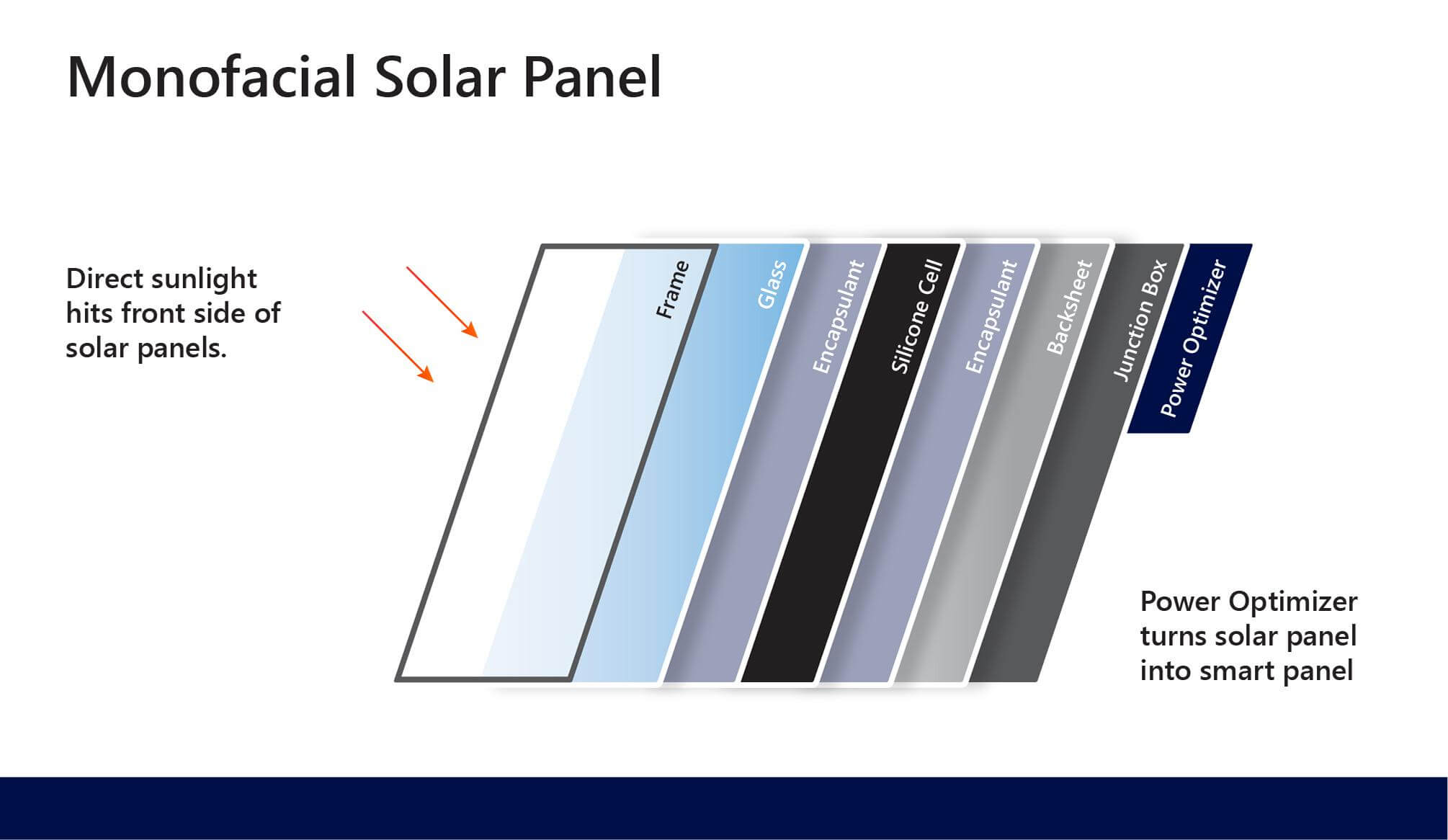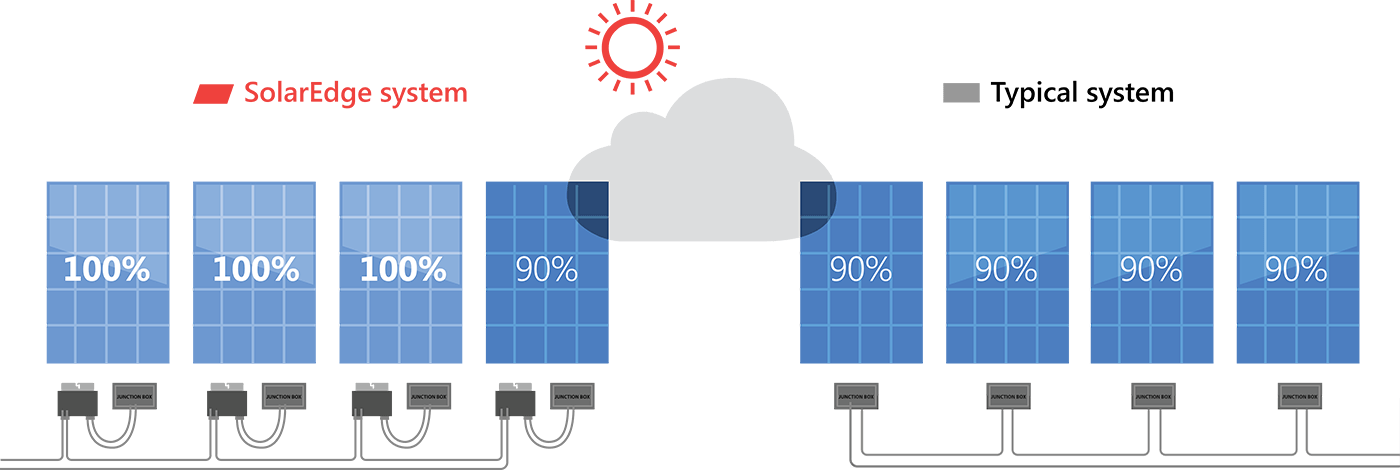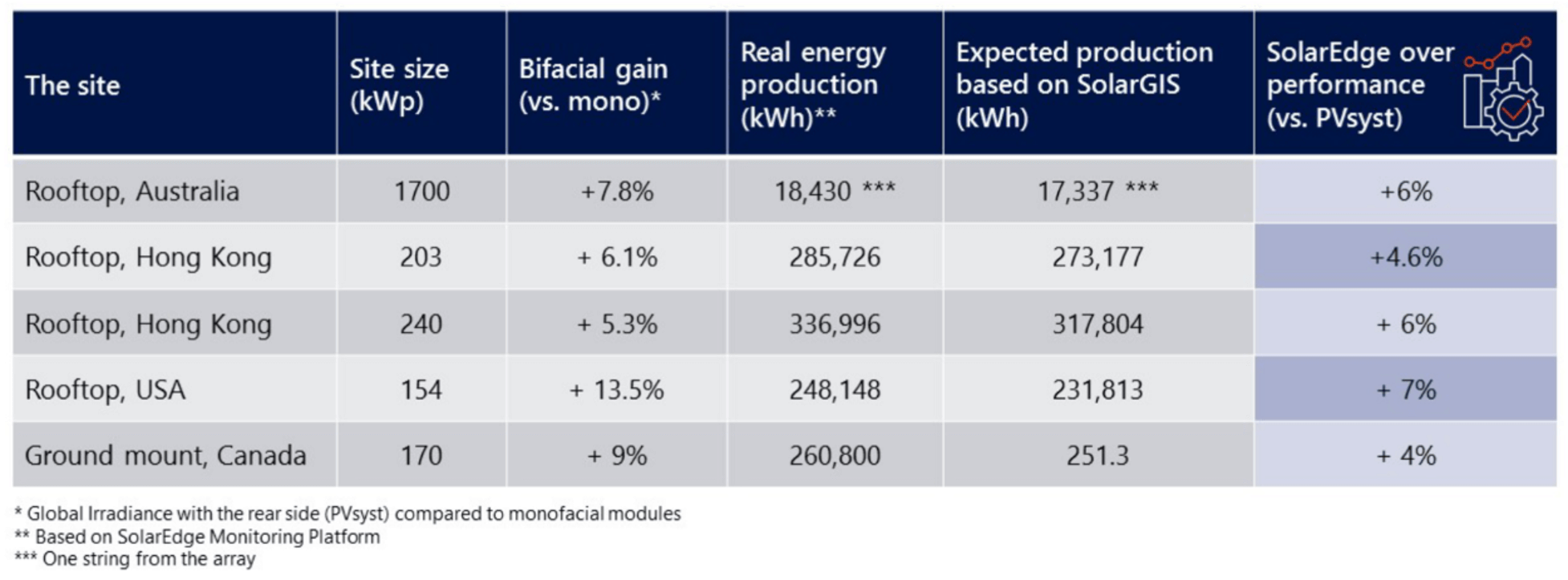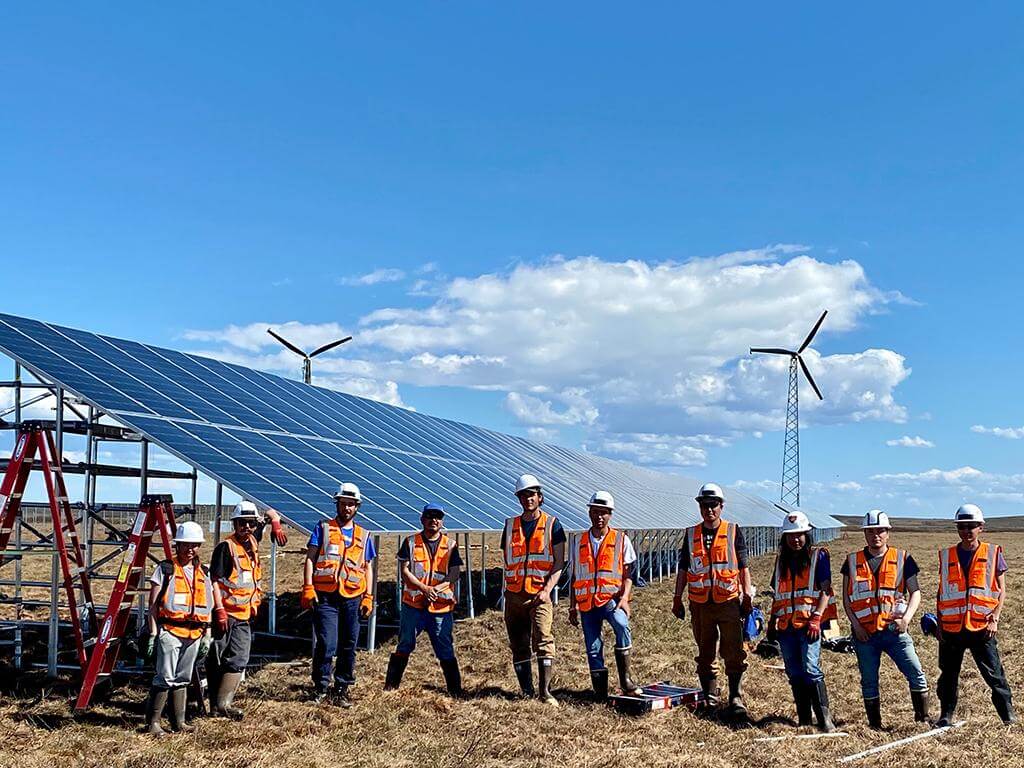How MPPT Technology is Shining New Light on Bifacial Solar Panels
The global demand for bifacial solar panels, panels that produce solar energy from both sides, is growing massively, with market share predicted to reach 35% of all global solar energy installations by 2030. This is largely because bifacial solar panels not only produce more energy, but they have also become significantly more cost effective.
If the goal of a PV system is to have the lowest Levelized Cost of Energy (LCOE, the cost of solar power production divided by the lifetime energy production of the solar project), then consider that an optimally placed PV system with bifacial panels can result in 10-15% lower LCOE, resulting in higher return on investment.
What is a bifacial solar panel and how does it work?
Bifacial solar panels are panels that convert PV energy from the front and back sides of the module, as opposed to the traditional ‘monofacial’ panels that produce on one side only. With monofacial solar panels, the front is comprised of photovoltaic cells (made up of semiconductors), while the back side is protected by a backing sheet. Bifacial panels utilize photovoltaic cells on both the front and rear . This enables power production also on the back side, increasing the amount of energy that can be produced by around 6-10% or more in some cases1




Which types of PV Systems work best with bifacial modules?
It's important to bear in mind that bifacial modules may not be suitable for all installations, but best suited for tilted systems and areas with high surface albedo. Some examples of this would be areas with white concrete, snow and ice, desert sand, or water. Bifacial modules may produce more energy when installed in optimized conditions.
Why SolarEdge inverters are best for bifacial modules
While using bifacial solar panels can yield more energy, it also brings more complexities. Installing SolarEdge’s smart PV solutions in a bifacial system solves many of these complexities and improves the system LCOE.
As with monofacial panels, bifacial panels can experience module mismatch causing potential power losses and dragging down the overall system’s performance. This is common in all types of solar panels; however bifacial panels are even more susceptible to module mismatch because the light that hits the rear side is less uniform than the front. There are several reasons for this:
- Inconsistent surface underneath the modules (from uneven snow or glass, different soil or material conditions, and more)
- Different angles of the sun or shading by other modules and racking
- Irradiance differences between modules located at the edge of the rows and in the middle, often called “edge effects”
- Higher module degradation, ripples in floating PV, foliage growth in ground mount systems, and more
Installing a SolarEdge system with bifacial modules is optimal for maximum energy yield and faster return on investment (ROI). The SolarEdge solution utilizes Maximum Power Point Tracking technology (MPPT) that comprises a smart inverter with Power Optimizers connected to panels in 2:1 configuration in commercial installations. In traditional PV systems, even if one module produces less energy due to mismatch, production of the entire string is lowered accordingly. With the SolarEdge’s DC optimized topology, these power losses caused by mismatch between modules are mitigated, resulting in maximum power generation from each individual module.


Because each panel performs individually, this enables more flexibility in the design of the system, including installing more panels at different angles or with inconsistent shading, as often occurs with bifacial panels. Using SolarEdge inverters and Power Optimizers eliminates these power losses.
Additionally, bifacial modules must be mounted on a higher racking system in order to expose the back to reflective sunlight. But with SolarEdge’s design flexibility, modules connected to SolarEdge Power Optimizers can be mounted at any angle, tilt, or orientation while still producing more energy. The extra energy produced over the system’s lifetime equates to better LCOE and a measurable increase in ROI.
In several sites with bifacial panels, the SolarEdge Monitoring Platform has shown that SolarEdge’s commercial PV solutions provided 4-7% more energy than initially expected from the PVsyst models, as shown in the chart below:


Powering the largest PV system in rural Alaska
Kotzebue, Alaska has snow over 60% of the year, so when it came time to select the panels for their 576kW ground mount PV system, bifacial modules coupled with SolarEdge’s three-phase inverters with Synergy Technology and Power Optimizers were a great fit. SolarEdge’s smart PV solution was ideal for this project for several reasons. SolarEdge’s DC optimized commercial solution eliminated mismatch losses by almost 3% in the first year compared to a traditional string inverter. In addition, the energy gain is estimated to be over 6% by year 20, due to module degradation according to PVsyst modeling. By pairing SolarEdge’s inverter and Power Optimizer combination with bifacial modules, an additional gain of at least 5% is expected. Another added benefit is that the Kotzebue Electric Association can remotely troubleshoot through the SolarEdge Monitoring Platform, further reducing onsite visits and maintenance and lowering their O&M costs.


Matt Bergan
/ Engineer, Kotzebue Electric Association, Alaska

The Path to Making Bifacial Shine
Solar power could provide a quarter of global electricity needs by 2050, but for that to happen global capacity must reach 18 times current levels. That is why bifacial modules are so critical, with some manufacturers and industry analysts predicting they will eventually overtake mono-facials as the go-to technology, especially in ground mount solar installations. The key to worldwide adoption ultimately depends on the ability to overcome module-mismatch that is common in bifacial modules to extract the maximum energy production airing bifacial solar panels with SolarEdge’s DC optimized commercial PV solution can yield more energy, and lead to an overall higher return on investment and lower Levelized Cost of Energy
